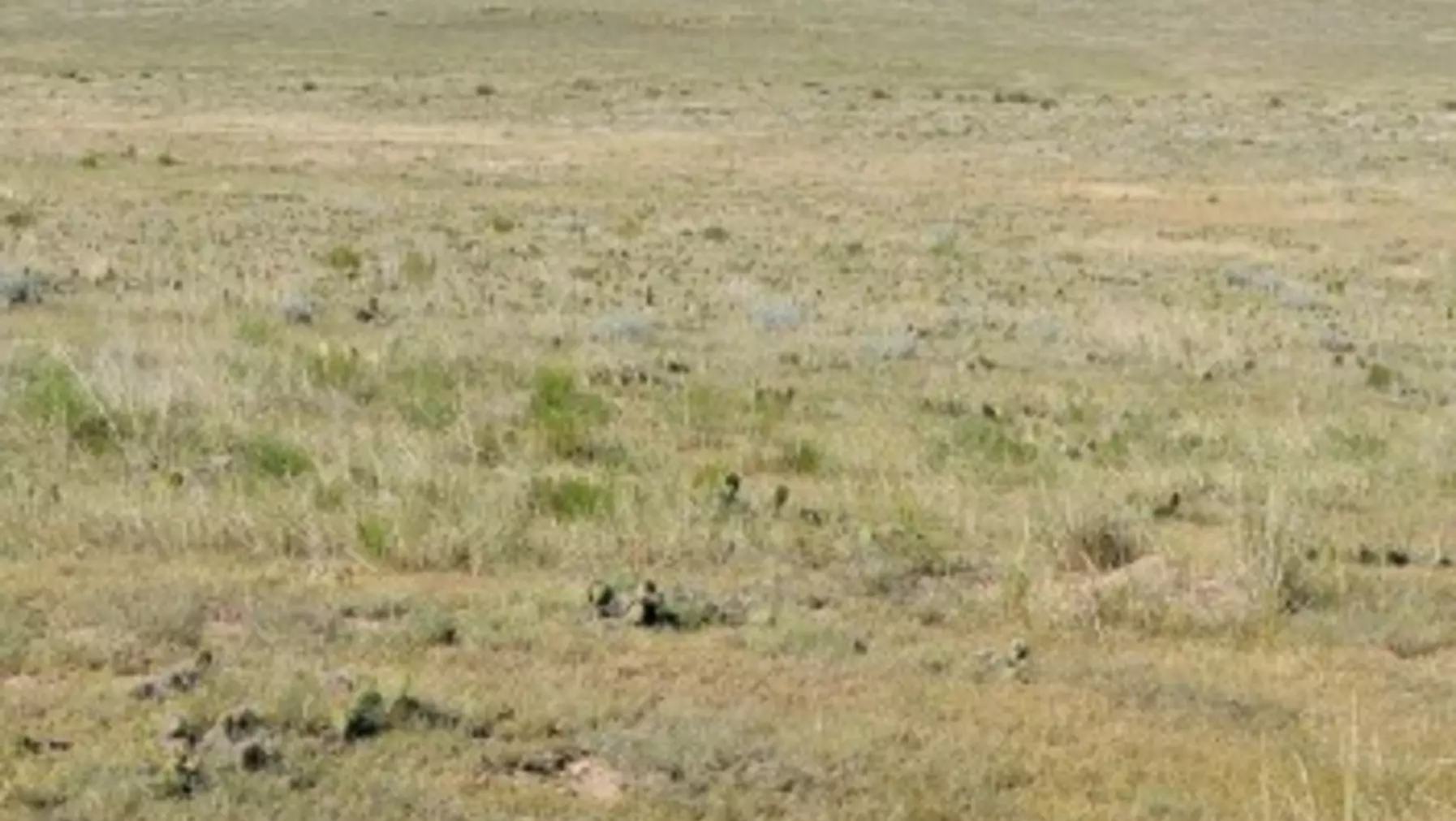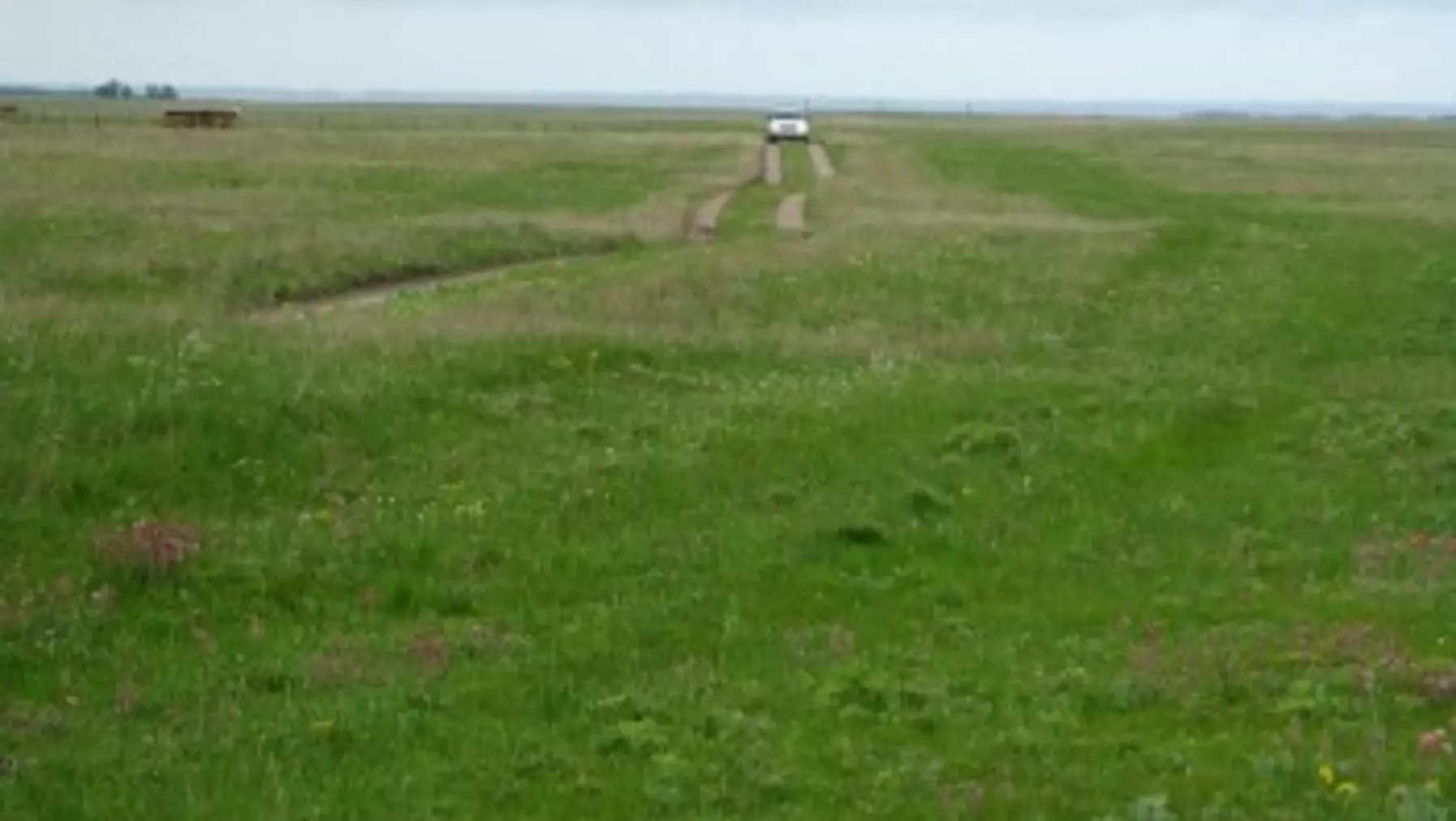Climate
Grasslands (steppes) are temperate environments, with warm to hot summers and cool to very cold winters; temperatures are often extreme in these midcontinental areas. They are often located between temperate forests and deserts, and annual precipitation falls between the amounts characteristic of those zones. Winds play an important role in these very open environments. Precipitation varies from highly seasonal to spread throughout the year. There is a substantial snow buildup in the northern part of the zone, diminishing greatly to the south.
Soils
Grasslands are typically underlain by chernozems, soils that are alkaline because net water movement within them has been upward, carrying calcium with it that precipitates as calcium carbonate. Prairie chernozems are blackish in their upper horizons because of the constant decay of grasses into dark humus. Taller-grass prairies have browner soils, richer in humus and loamy in structure.
Vegetation
Grassland is largely dominated by grasses, but with annual and perennial forbs intermixed in different proportions in different areas. The average height of the grass is correlated with rainfall, so there are tall-, medium-, and short-grass prairie zones across a longitudinal gradient from east to west in North America. The aspect changes considerably between spring, when the grasses are green and the forbs are in bloom, and midsummer, when brown, seeding, and dying plants predominate. Some steppes, especially in more arid areas, are dominated by shrubs (they are designated as shrub-steppes) and differ from deserts primarily in their higher latitudes, lower mean temperatures, and lower diversity.
Diversity
Plant and animal diversity is rather low in this structurally simple, temperate-climate, zone. For example, usually no more than two or three species of large grazing mammals occur in a typical temperate grassland, as compared with a dozen or more in some tropical (savanna) grasslands. Birds are diverse only in wetlands and in riparian vegetation along rivers. Southern-hemisphere grasslands adjacent to tropical forests and savannas may have a higher animal diversity than those in the northern hemisphere. The only major vertebrate groups especially characteristic of grasslands are passerine birds--larks, pipits, and buntings. The grass family is one of the largest in world, and grasses as individual plants are probably the most abundant plants in the world.
Plant Adaptations
Grasses are superbly adapted to cover open ground, relatively resistant to both fire and grazing because their leaves grow from the base, unlike most plants, in which new leaves continually grow from the branch tips. Thus as the productive part of a grass plant is burned or eaten away, as long as its base remains intact, new growth follows immediately. Grass leaves are also heavily endowed with silica, which wears down the teeth of grazing animals, and some forbs of this zone (locoweeds, for example) are highly toxic to grazers. Most grasses proliferate by means of rhizomes, stems that travel along just underground and send up new leaves at regular intervals. Others, especially in drier areas, grow as bunch grasses, plants that resist wind desiccation by the denseness of their growth form; many forbs of this zone are similarly structured. Grasses are wind pollinated, very effective in this open environment.
Animal Adaptations
Burrowing is an important adaptation for small animals to avoid predation in this open environment. Some of the burrowers are colonial, probably also an adaptation for early predator detection. Some mid-sized carnivores are highly adapted to dig out the smaller burrowers. Because of its openness and thus the ease of moving about, this environment supports large populations of grazing mammals, which form herds for defense against the large predators that follow them. Ground-nesting and -feeding birds are very subject to predation, and almost all are cryptic, brown-streaked above, with well-developed distraction displays; with no elevated perches available, most sing from the air.
Human Effects
As grain crops are all grasses, this environment is well-suited for them; thus huge regions of temperate grasslands have been altered for grain-growing for human and livestock food. The grazing of livestock brings more intense pressure on many areas than native ungulates did, changing species representation in plant communities because some are more susceptible to grazing than others. Many plants of this environment are adapted to early succession and, when introduced to other continents, become invasive weeds; they colonize disturbed sites rapidly and often outcompete native species. Together with grazing, this has changed the makeup of grasslands everywhere, especially in North America, so that "natural" grasslands are rare.

